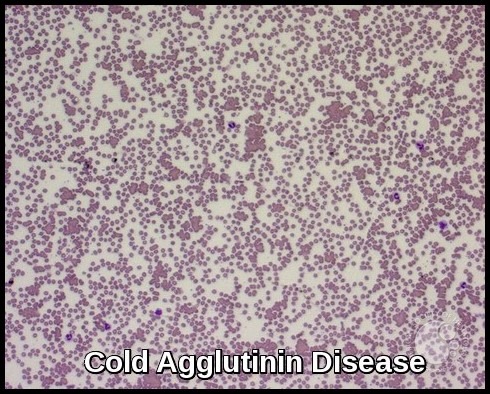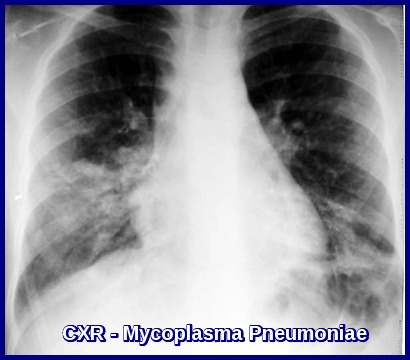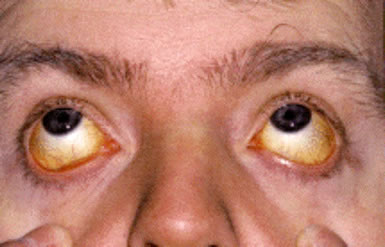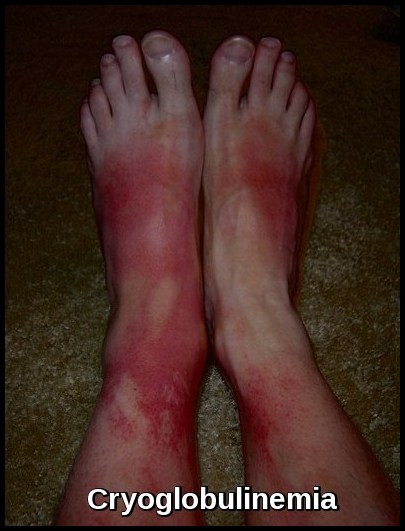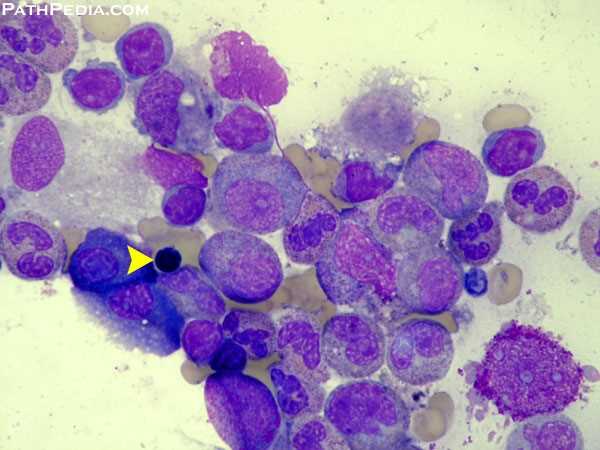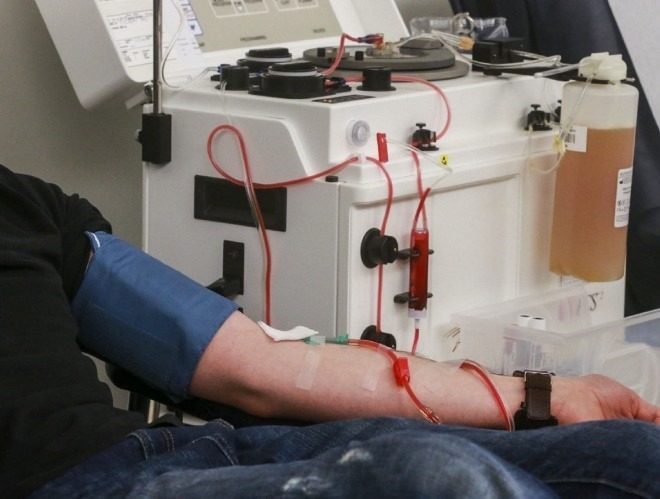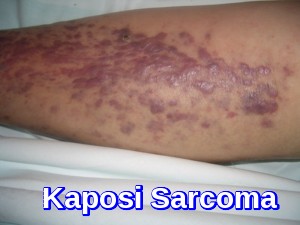Cold Agglutinin Disease
Cold Agglutinin Disease (CAD) is a rare autoimmune hemolytic anemia (AIHA) caused by the presence of cold-reactive autoantibodies (cold agglutinins) that target red blood cells at temperatures below 30°C (86°F). These autoantibodies lead to red blood cell agglutination, complement activation, and subsequent immune-mediated hemolysis, especially in peripheral body areas exposed to cold. CAD accounts for approximately 15% of all autoimmune hemolytic anemia cases and typically affects older adults, most commonly those over 55 years of age. The disease may occur idiopathically (primary CAD) or secondary to lymphoproliferative disorders, infections, or autoimmune diseases. Early recognition of cold agglutinin syndrome, diagnostic evaluation with direct antiglobulin (Coombs) testing, and appropriate hematologic management are essential for improving outcomes and preventing cold-induced hemolytic crises.
Clinical features:
Cold agglutinin disease (CAD) manifests as acute or chronic hemolytic anemia, with associated pallor and fatigue.
Symptoms during hemolytic crises may include severe pain in the back and legs, headache, vomiting, diarrhea, dark urine, and hepatosplenomegaly.
A cold environment or a concurrent infection may trigger or exacerbate the condition, and episodes of acute hemolysis with hemoglobinemia and hemoglobinuria are more common in winter.
The disease may appear abruptly with anemia and hemoglobinuria, or onset may be more gradual and insidious.
Classification:
Cold agglutinin disease can be primary (idiopathic) or secondary, caused by an underlying condition, such as infection (Mycoplasma pneumoniae, Infectious mononucleosis, CMV), lymphoproliferative disorder, autoimmune disease or neoplasm.
The majority of cold agglutinin disease is secondary and is due to the presence of monoclonal IgM (kappa subtype in the majority of the cases), which has the properties of a cold agglutinin and is associated with an underlying low-grade B-cell lymphoma (Waldenström’s macroglobulinemia or lymphocytic lymphoma).
Idiopathic and lymphoma-associated cold AIHA tend to be chronic while infections tend to cause an acute disease.
Diagnosis:
In some cases, the diagnosis is made by chance on a standard complete blood count (CBC) detecting abnormal agglutination of the red blood cells.
Diagnosis is based on clinical or laboratory evidence of hemolytic anemia and the detection of autoantibodies, specifically IgM, with the direct antiglobulin test (DAT, C3 positive pattern) with the presence of circulating cold agglutinins in the serum.
In contrast, warm autoimmune hemolytic anemia predominantly involves IgG.
Donath-Landsteiner hemolytic anemia is also caused by a cold-reacting immunoglobulin, but most cases are due to polyclonal IgG.
In secondary cases, lymphocytosis, with the presence of atypical lymphocytes on the smear, can be found in peripheral blood.
The differential diagnosis for cold agglutinin disease is mixed AIHA.
Investigations:
- CBC and blood film.
- Hemolysis screen: reticulocyte count, total and direct bilirubin, DAT, serum haptoglobin, serum LDH, and urine analysis for hemoglobinuria.
- Serum folate.
- Serum immunoglobulins and serum protein electrophoresis (SPEP).
- Mycoplasma, EBV, CMV, HIV, and Hepatitis C serology.
- Blood for cold agglutinins (keep the blood warm until it is tested).
- Cryoglobulin levels should be tested only if vascular purpura or other atypical findings, such as elevated levels of IgM and/or hepatitis virus antibodies, are found.
- A chest radiograph is obtained if pneumonia is suggested; pulmonary infiltrates are found in cases of Mycoplasma pneumoniae infection. Findings may also indicate lymphadenopathy. Computed tomography (CT) scans of the chest and abdomen are performed to assess for lymphadenopathy and splenomegaly when lymphoma is suggested.
Treatment:
Patients with few clinical symptoms and mild anemia may not require treatment but only avoidance of cold. Keeping the patient warm may be sufficient treatment. Treat any underlying infection e.g. Clarithromycin or Azithromycin for Mycoplasma pneumoniae.
Anemia is generally mild. Only patients who have serious symptoms related to anemia or have a Raynaud-type syndrome that constitutes a threat to life or quality of life require active therapy.
Folic acid supplements for prevention and treatment of folate deficiency should be considered.
The disease is usually refractory to corticosteroids.
Rituximab may be an option for treatment in some cases.
In the presence of underlying lymphoma, chlorambucil or oral cyclophosphamide may be helpful.
Splenectomy is usually ineffective for the treatment of cold agglutinin disease, because the liver is the predominant site of sequestration. However, if the patient has splenomegaly, then the disease may respond to splenectomy. More importantly, a lymphoma localized to the spleen may only be found after splenectomy.
Plasmapheresis effectively, albeit temporarily, removes IgM antibody from plasma, reducing its concentration. This procedure is valuable for emergencies and allows time for drugs to have an effect. Plasmapheresis can also be used to prepare patients for hypothermic surgical procedures.
Prognosis:
The disease has a chronic course and the outcome is usually benign, except in patients with recurrent episodes of severe anemia or in whom the underlying B-cell lymphoma has an aggressive course.
References:
Röth A, et al. Diagnosis and treatment of autoimmune hemolytic anemia in adults: Recommendations from the First International Consensus Meeting. Blood Rev. 2021; 47:100789. doi:10.1016/j.blre.2020.100789
Berentsen S, et al. Cold agglutinin disease: current challenges and future prospects. J Blood Med. 2020; 11:13–25. doi:10.2147/JBM.S189231
Berentsen S, Randen U, Tjønnfjord GE. Cold agglutinin-mediated autoimmune hemolytic anemia. Hematol Oncol Clin North Am. 2015 Jun; 29(3):455–471.
Swiecicki PL, Hegerova LT, Gertz MA. Cold agglutinin disease. Blood. 2013 Aug 15; 122(7):1114–1121.
Agarwal SK, Ghosh PK, Gupta D. Cardiac surgery and cold-reactive proteins. Ann Thorac Surg. 1995 Oct; 60(4):1143–1150.
Dacie J. The auto-immune haemolytic anaemias. In: The Haemolytic Anaemias. 3rd ed. Edinburgh: Churchill Livingstone; 1992. Vol 3: 210–362.
Salman Abdullah Aljubran, MD; Michael A Kaliner, MD. Cold Agglutinin Disease: Background, Pathophysiology, Etiology. Medscape. Accessed September 2016. https://emedicine.medscape.com/article/135327-overview
Marc Michel. Cold Agglutinin Disease. Orphanet Encyclopedia. Accessed January 2010. https://www.orpha.net/consor/cgi-bin/OC_Exp.php?lng=en&Expert=56425
John Lazarchick. Cold Agglutinin Disease – Image Bank. The American Society of Hematology (ASH). Accessed January 2010. https://imagebank.hematology.org/imageset/909/cold-agglutinin-disease
National Institutes of Health (NIH) / MedlinePlus. Cold Agglutinin Disease. https://medlineplus.gov/ency/article/000578.htm
National Organization for Rare Disorders (NORD). Cold Agglutinin Disease – Overview and Management. https://rarediseases.org/rare-diseases/cold-agglutinin-disease
Centers for Disease Control and Prevention (CDC). Autoimmune Hemolytic Anemia – Clinical Overview. https://www.cdc.gov/blooddisorders
Keywords:
cold agglutinin disease, CAD, cold agglutinin hemolytic anemia, cold autoimmune hemolysis, cold-agglutinin mediated anemia, cold antibody anemia, cold agglutinin disease diagnosis, cold agglutinin disease treatment, cold agglutinin disease prognosis, cold agglutinin syndrome, immune hemolytic anemia cold, hematology cold agglutinin, cold trigger hemolysis, cold agglutinin disease management, cold antibody hemolysis, cold agglutinin disease complications, cold agglutinin disease in adults, ask hematologist cold agglutinin disease, Dr Moustafa Abdou
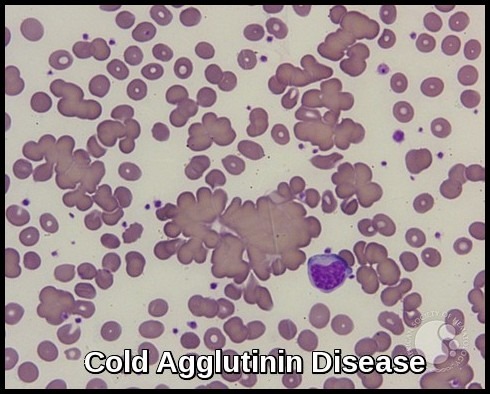

Request Online Consultation With Dr M Abdou
Fee: US$100
Secure payment via PayPal (credit and debit cards accepted)
Pay Now
